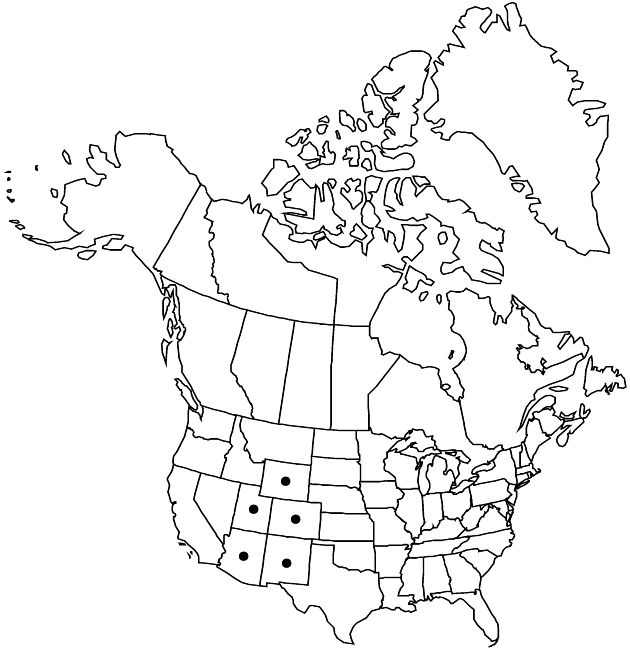Townsendia strigosa
Trans. Amer. Philos. Soc., n. s. 7: 306. 1840.
Biennials, (1–)3–10(–20) cm. Stems decumbent to erect; internodes 5–25 mm, piloso-strigose to strigillose (surfaces seldom hidden by hairs). Leaves basal and cauline, blades spatulate to oblanceolate or linear, 12–30(–50) × 2–7(–9) mm, not fleshy, faces ± strigose to strigillose. Heads at tips of stems (usually surpassed by leaves). Involucres ± campanulate, 5–20 mm diam. Phyllaries 20–24 in 3–4+ series, the longer ± lance-ovate to lanceolate, 5–9 mm (l/w = 2.5–5), apices acute to acuminate, abaxial faces strigose. Ray florets 8–30+; corollas white or pinkish adaxially, laminae 5–14 mm, abaxially usually glabrous, sometimes glandular-puberulent. Disc florets (8–)20–80(–100+); corollas 3.5–5 mm. Cypselae 3–4 mm, faces hairy, hair tips glochidiform; pappi persistent; on ray cypselae 12–20+ lanceolate to subulate scales 0.5–1.5+ mm; on disc cypselae 20–35 subulate to setiform scales 3.5–5.5 mm. 2n = 18.
Phenology: Flowering May–Jun.
Habitat: Open sites, sands, shales, clays with desert scrub, junipers, pinyons
Elevation: 1500–2000 m
Distribution

Ariz., Colo., N.Mex., Utah, Wyo.
Discussion
Selected References
None.